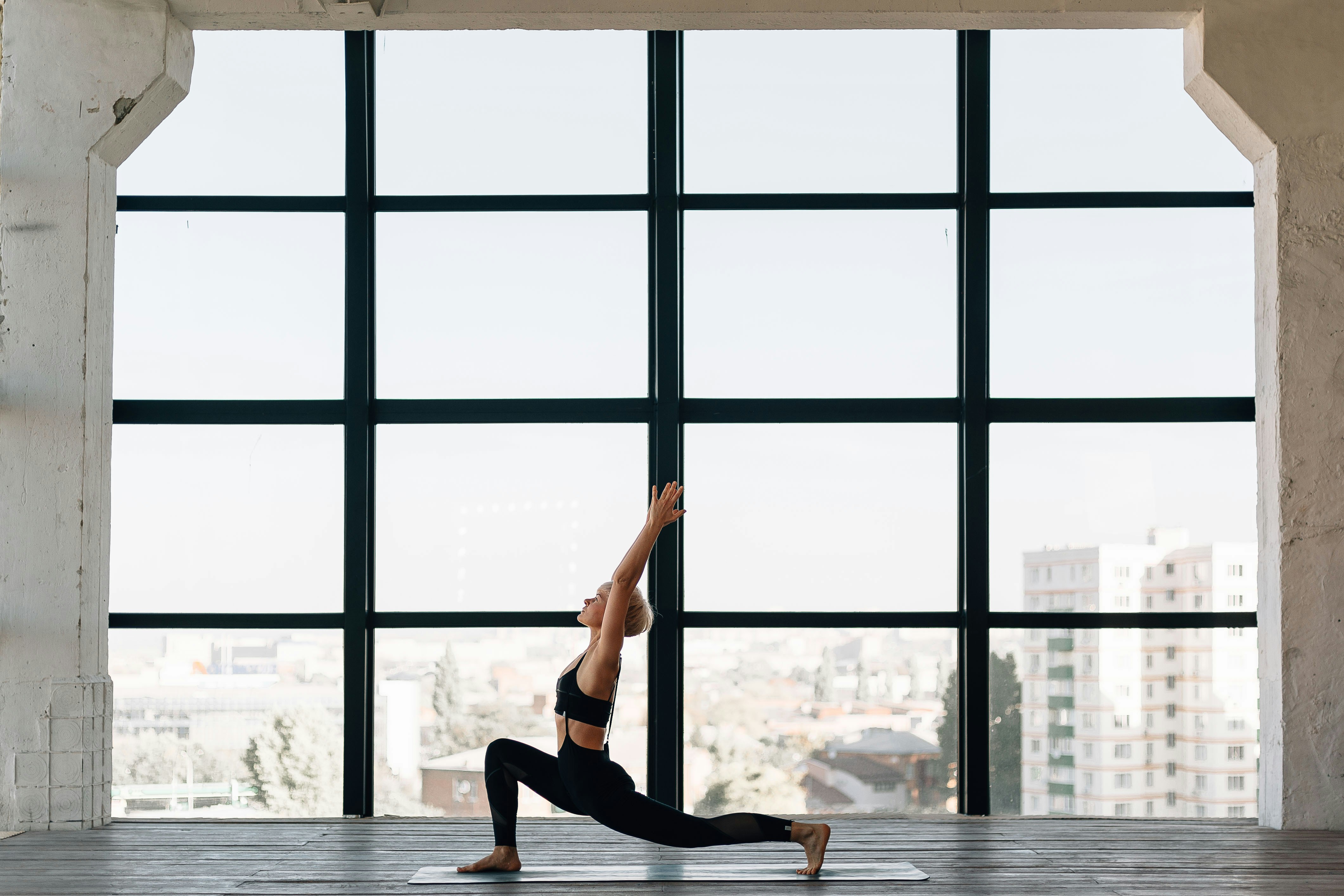Virtual Reality Opera: Redefining the Classical Art Form
In the ever-evolving landscape of performing arts, a groundbreaking fusion of technology and tradition is reshaping one of the most revered classical art forms. Virtual Reality Opera, a cutting-edge innovation, is pushing the boundaries of musical storytelling and audience engagement. This immersive experience combines the emotional power of operatic performances with the limitless possibilities of virtual environments, creating a new frontier for artistic expression and cultural preservation. As opera houses worldwide grapple with declining attendance and an aging audience base, this technological renaissance offers a promising path to revitalize the genre and attract a new generation of opera enthusiasts.

Technological Challenges and Breakthroughs
Creating a seamless VR opera experience presented numerous technical hurdles. Early attempts struggled with issues such as latency, which disrupted the synchronization between music and visuals. Audio quality was another critical concern, as the immersive nature of VR demanded pristine sound reproduction to maintain the emotional impact of operatic performances. Developers worked tirelessly to overcome these challenges, leveraging advancements in VR headset technology, spatial audio, and real-time rendering engines.
Reimagining Storytelling and Stage Design
Virtual Reality Opera has revolutionized the approach to operatic storytelling and set design. Traditional constraints of physical stages no longer apply, allowing for fantastical and constantly shifting environments that enhance the narrative. Composers and librettists are now crafting stories specifically for the VR medium, incorporating interactive elements that allow audience members to influence the progression of the plot. This level of engagement transforms passive viewers into active participants, creating a deeply personal and memorable experience.
The Impact on Performers and Production
For opera singers and musicians, Virtual Reality Opera presents both opportunities and challenges. Performers must adapt to acting and singing in virtual environments, often without the immediate feedback of a live audience. Motion capture technology enables singers to embody virtual characters, adding a new dimension to their artistry. Orchestra members, too, are exploring new ways of collaboration, with some productions featuring virtually connected musicians from around the globe performing in real-time.
Accessibility and Global Reach
One of the most significant advantages of Virtual Reality Opera is its potential to democratize access to this art form. Traditionally, attending world-class opera performances required travel to major cultural centers and significant financial investment. VR operas can be experienced from anywhere in the world, breaking down geographical and economic barriers. This accessibility is introducing opera to diverse audiences who may have never had the opportunity to experience it otherwise, fostering a new appreciation for the art form across cultural boundaries.
Critical Reception and Artistic Debate
The emergence of Virtual Reality Opera has sparked intense debate within the artistic community. Traditionalists argue that the technology dilutes the purity of live performance and the human connection between performers and audience. Proponents, however, see it as a natural evolution of the art form, drawing parallels to how opera adapted to technological advancements in lighting, sound, and stagecraft throughout its history. Critics and audiences alike are grappling with how to evaluate these new experiences, as conventional criteria for operatic excellence may not fully apply to this hybrid medium.
The Future of Opera in the Digital Age
As Virtual Reality Opera continues to evolve, its influence on the broader operatic landscape is becoming increasingly apparent. Major opera houses are investing in VR productions alongside their traditional repertoire, recognizing the need to embrace innovation to ensure the art form’s relevance in the digital age. Educational institutions are incorporating VR technology into their curricula, preparing the next generation of opera professionals for a future where virtual and physical performances coexist.
A New Chapter in Operatic History
Virtual Reality Opera represents a bold step forward in the centuries-long evolution of this beloved art form. By harnessing cutting-edge technology to enhance the emotional and immersive qualities that have always been at the heart of opera, this innovation is opening new avenues for creativity, accessibility, and audience engagement. As the technology matures and artists continue to push its boundaries, Virtual Reality Opera has the potential to write a thrilling new chapter in the rich history of operatic expression, ensuring its relevance and vitality for generations to come.






